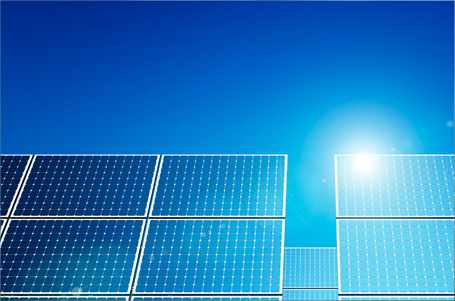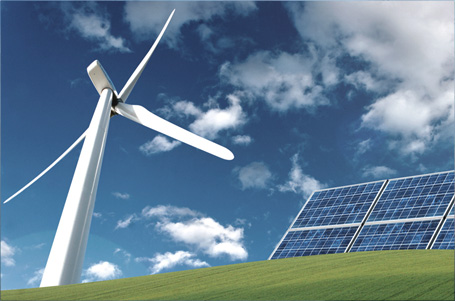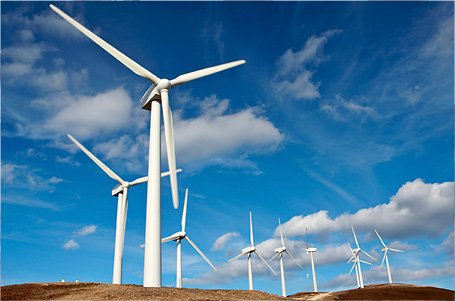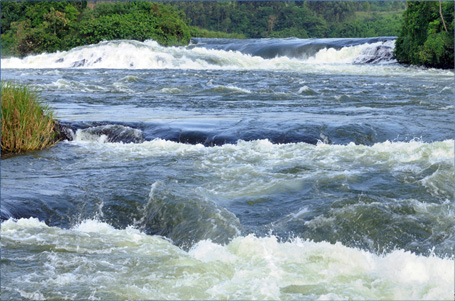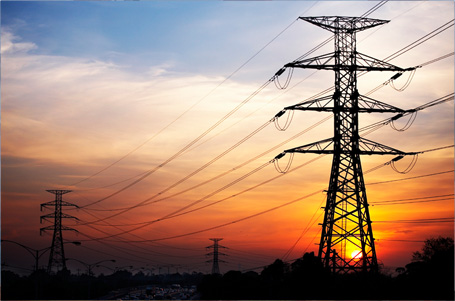2014.04.30
Concentration
Not absolute amount of a material is essential for its availability, but the concentration - or even dispersion. It is quite similar for (energy-)raw materials in demand than for abatement and waste gases.
When resources of raw materials are introduced, the sheer amount of coal, oil, uranium or other ores is in focus. Less obvious is the factual available amount. For fracking (hydraulic fracturing, process to exploit oil and natural gas from shale rock formations) water, fine sand and chemicals are injected by high pressure into the rock formations. But just a fraction of present carbon hydrates can be leached. By increased pressure, the applicatpion of additional chemicals and of heat (steam) the yield may benefit - however, a substantial share remain in the shale.
Cost and profit need to be bealanced. Even more important than the monetary balance sheet is an evaluation of energy demand: the relationship between required energy for exploitation and final (net) output of an energy carrier ? Unconventional energy carrier like oil from oil sand and shale gas exhibit already today an alarming weak ratio of demand and benefit. The range is around 1 : 3...5. In anglo-saxon literature this issue is known as energy cliff.

Uranium mining is also subject to this matter. The continuously depleting ore grade increases the (energy) demand for mining, milling of rock, leaching and processing of uranium - not to forget the energy-intensive enrichement of natural uranium to reactor-grade material. Finally nuclear power stations supply electricity just by a factor 2...5 larger than the energy demand of the feed chain.
Still what will happen with all that coal, oil and ores obtained from ground? When there is no material recycling, all matter will finally end up in the sea or in atmosphere. Salty sea water depicts the principle: From sea evaporated water does not contain any minerals. Rain washes out countless substances - by millions of years even complete mountains - from ground. By rivers all this matter is carried to sea, where it accumulates. For waste gases a similar mechanism exists, just the accumulation takes place in atmosphere. The combustion of one ton of coal results in approximately four tons of waste gases. Finally by the principle of entropy in all cases dispersion occurs.
The major problem of cleaning the atmosphere and sea is identical to fine distribution of raw material in earth crust: energy demand increases beyond all limits, no matter if collection of platic garbage, air pollutants or dispersed minerals in ground. Disposal of waste material in rivers and atmosphere shows fatal consequences: on the one hand side, the process is irreversible by high dilution, however, pollutants accumulate and finally reach dangerous concentrations. This apllies to our food chain as well, where already banned substances can be still retrieved.

